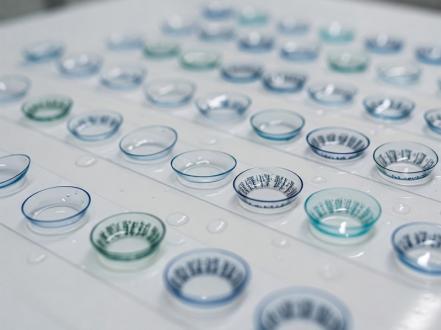Phlegmon is a severe inflammatory condition characterized by the rapid and diffuse spread of inflammation in the soft tissues. It is a type of deep tissue infection that extends and spreads along the facial planes, potentially involving any organ. Although relatively less commonplace, this condition can lead to serious health concerns if not promptly and adequately treated.
Phlegmon is essentially an extensive purulent bacterial infection marked by a critical edematous, necrotic, and fibrotic reaction, with bacterial invasion of the interstices of the subcutaneous tissues. One key feature that distinguishes phlegmon from ordinary abscesses is that instead of being localized, it spreads widely across several tissue layers.
This disease can occur in various body parts, but it is more commonly seen in the abdomen, appendix, salivary glands, and the pelvis. Staphylococcus, streptococcus, E. coli, and other bacteria are often identified as common causative factors, entering the body through wounds or surgical incisions. Other causes may include inflammation of the appendix, gall bladder, or other organs; hematogenous spread may also occur.
Phlegmon symptoms
Phlegmon can often be detected through various symptoms that usually begin subtly and intensify over time. People affected by this ailment may experience severe pain at the site of the infection, alongside high fever, weakness, and fatigue. Other symptoms might include swelling, erythema (redness of the skin), warmth at the localized area, and systemic symptoms like overall discomfort, chilling, sweating, and a heightened heart rate.
Depending upon the location of the infection, the phlegmon can cause pain in specific body parts. For instance, if the condition develops in the abdomen, the patient is likely to experience severe abdominal pain that could radiate or extend to the back or other areas.
Phlegmon diagnosis and treatment
Safely diagnosing phlegmon will essentially involve blood tests, including complete blood count (CBC) and blood culture, which would illustrate the specific type of bacteria causing the infection. Imaging techniques like an ultrasound, CT scan, or MRI may also be used to verify the presence and extent of the infection.
Treatment of phlegmon
Timely and appropriate treatment for phlegmon is crucial to mitigate severe complications, such as abscess formation, necrotizing fasciitis, septicaemia, or in certain cases, organ failure due to the spread of infection. Antibiotic therapy remains the frontline treatment, often involving broad-spectrum antibiotics to target a variety of bacteria. The choice and dosage of antibiotics may be adjusted as the blood culture results materialize.
Surgical treatment
If the disease has advanced to form an abscess, surgical drainage might be required. Cutaneous abscesses typically respond to incision and drainage, but deeper or complex abscesses or the presence of comorbidities may necessitate ultrasound or CT-guided percutaneous drainage, and sometimes, surgical intervention.
Patients are typically hospitalized for constant monitoring and effective treatment, especially in severe cases exhibiting high fever or other systemic symptoms. Other adjunctive therapies include analgesics to relieve the patient's pain and fluids for those who are dehydrated.
In conclusion, even though phlegmon appears to be a relatively rare condition, it is a severe infection with potential complications. As with any medical condition, early detection and appropriate treatment are vital to managing phlegmon effectively. Therefore, recognising the symptoms and seeking medical help promptly can play a critical role in successfully overcoming phlegmon.

















